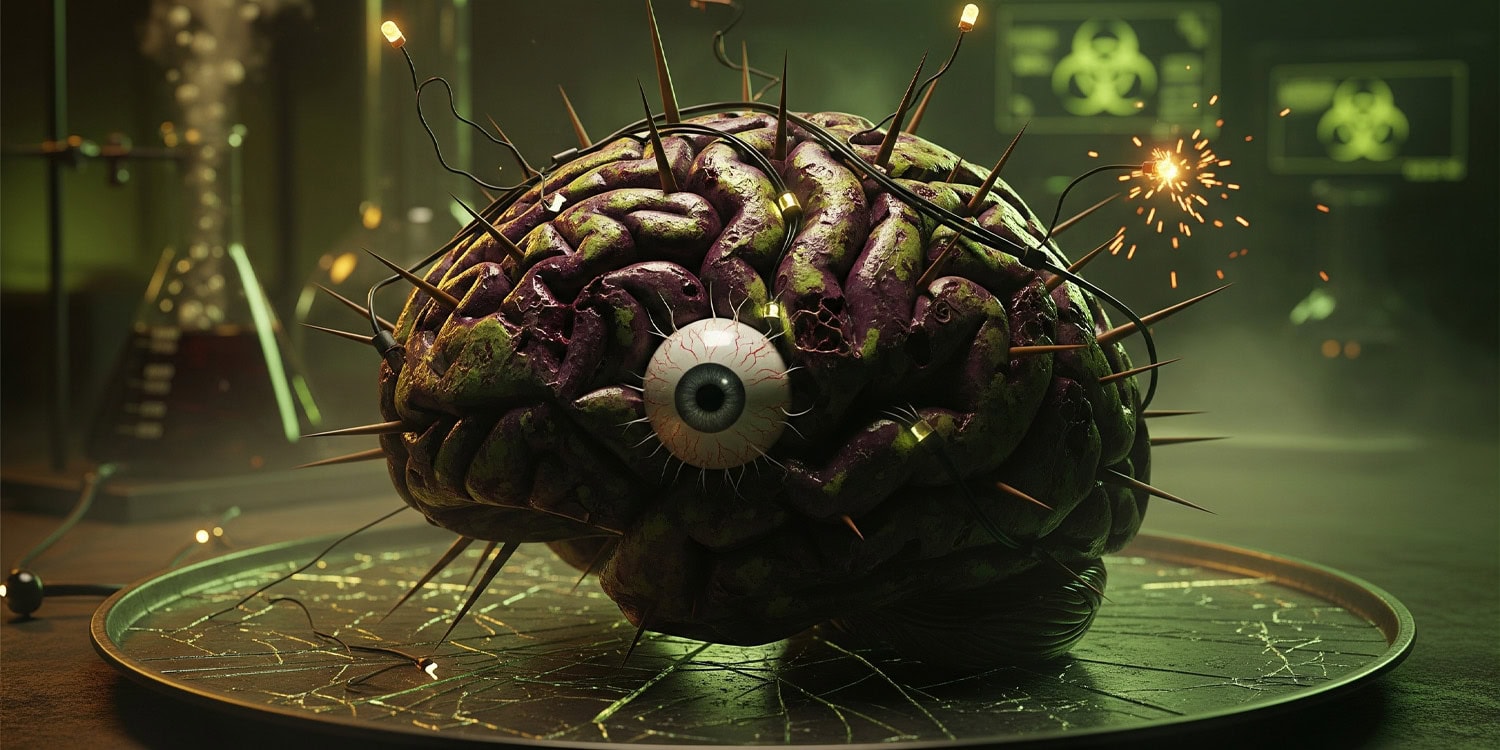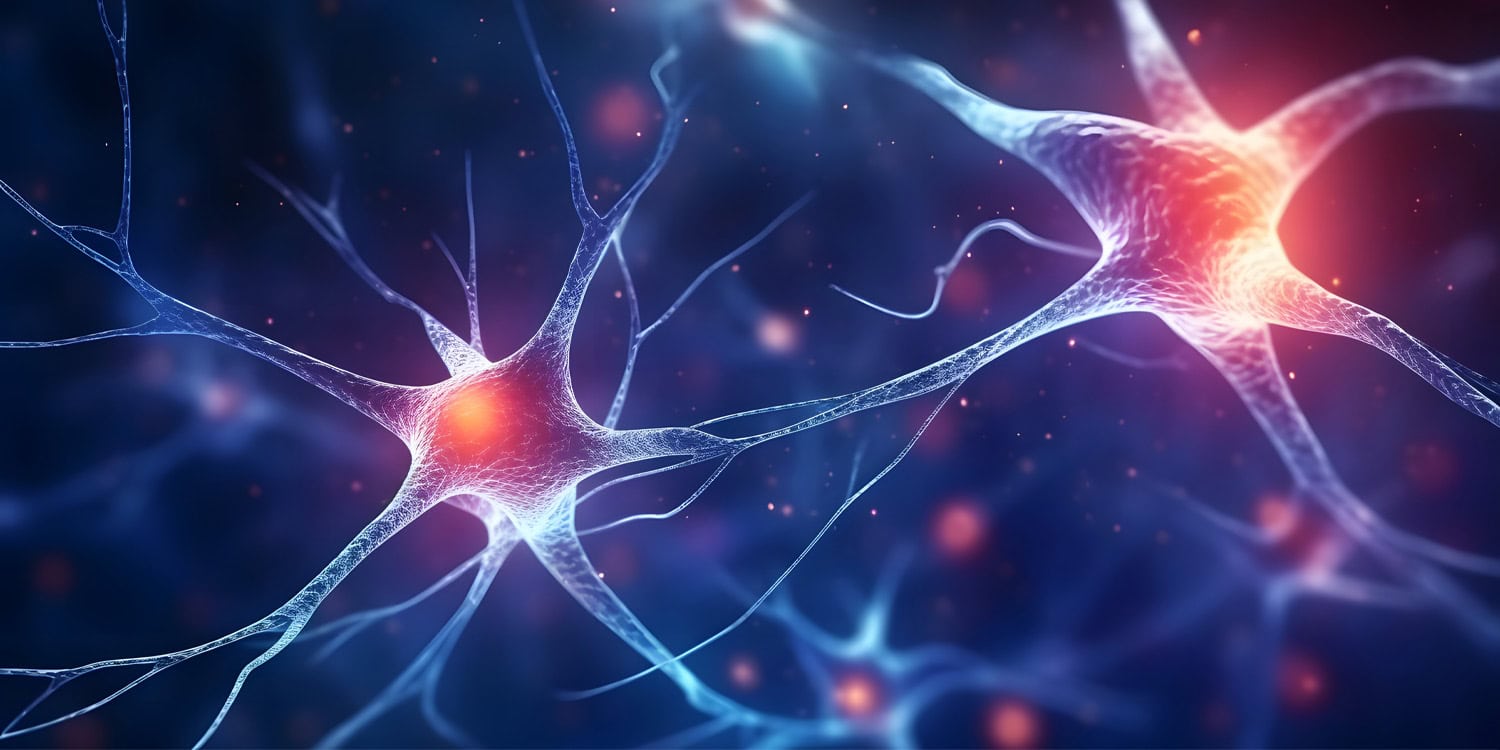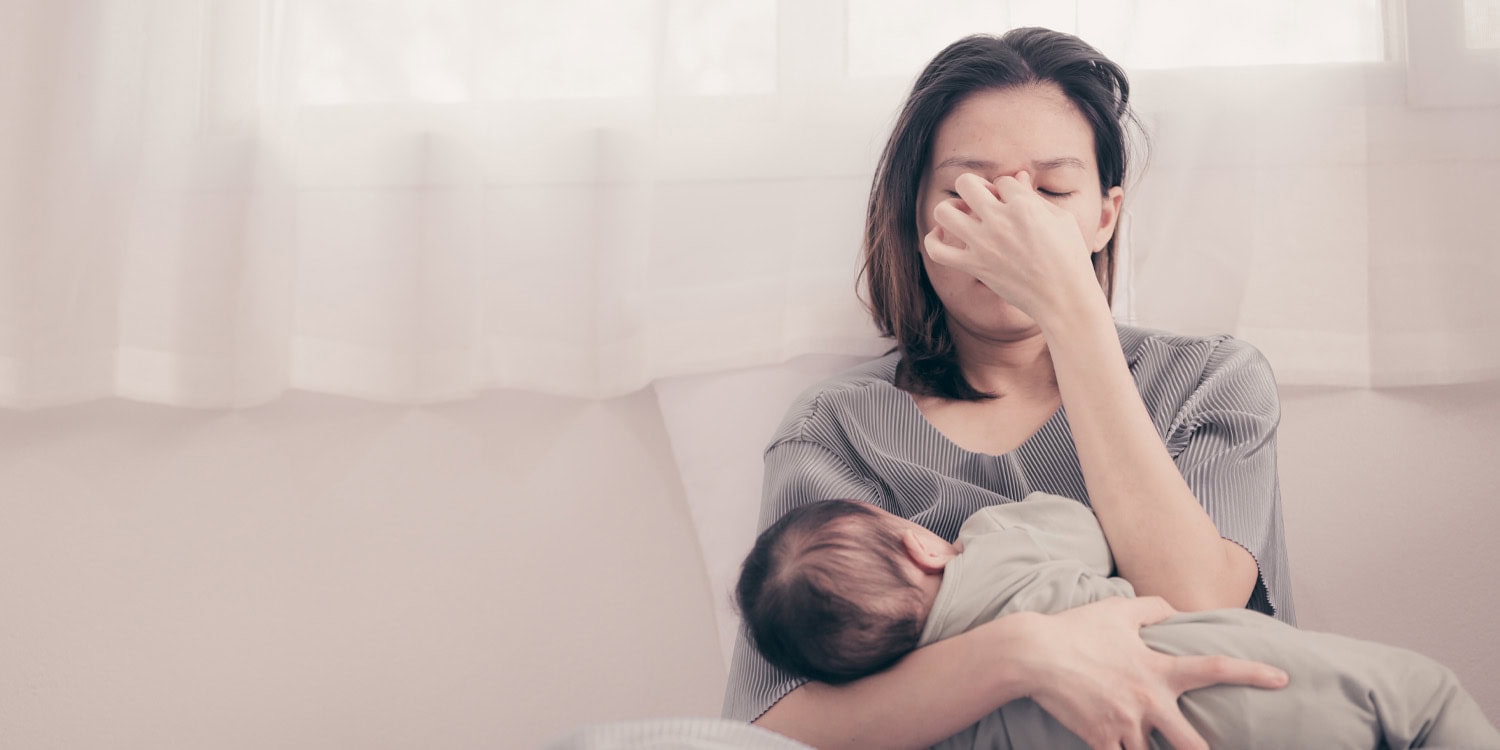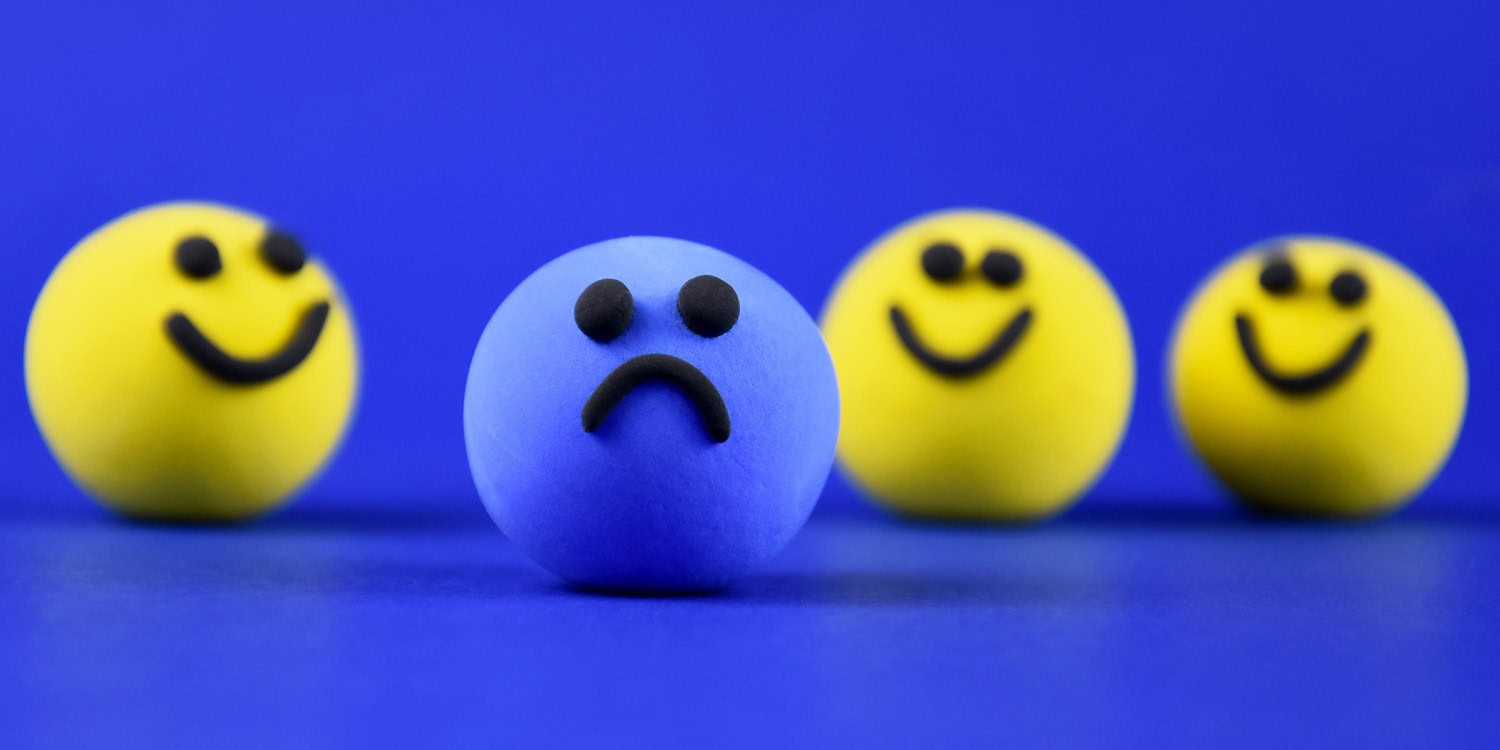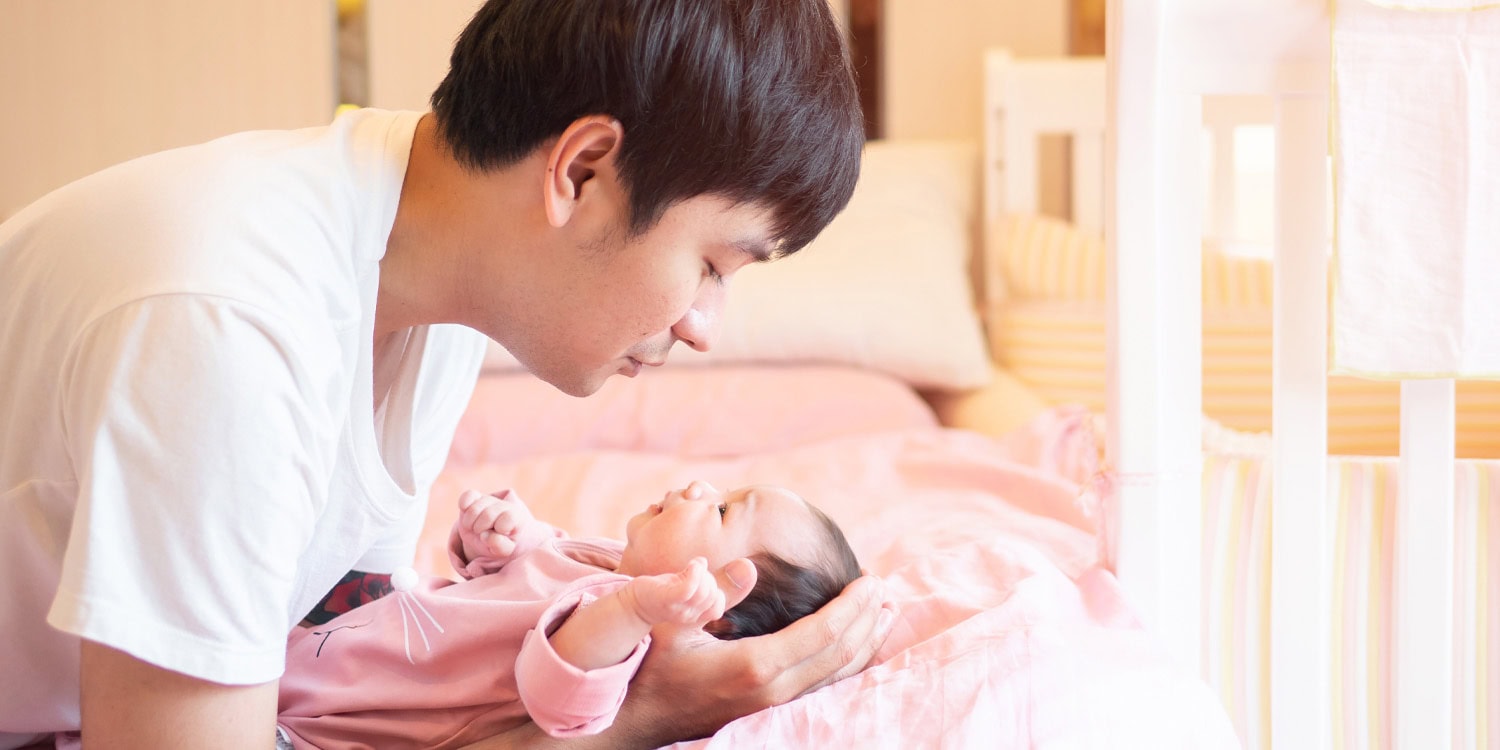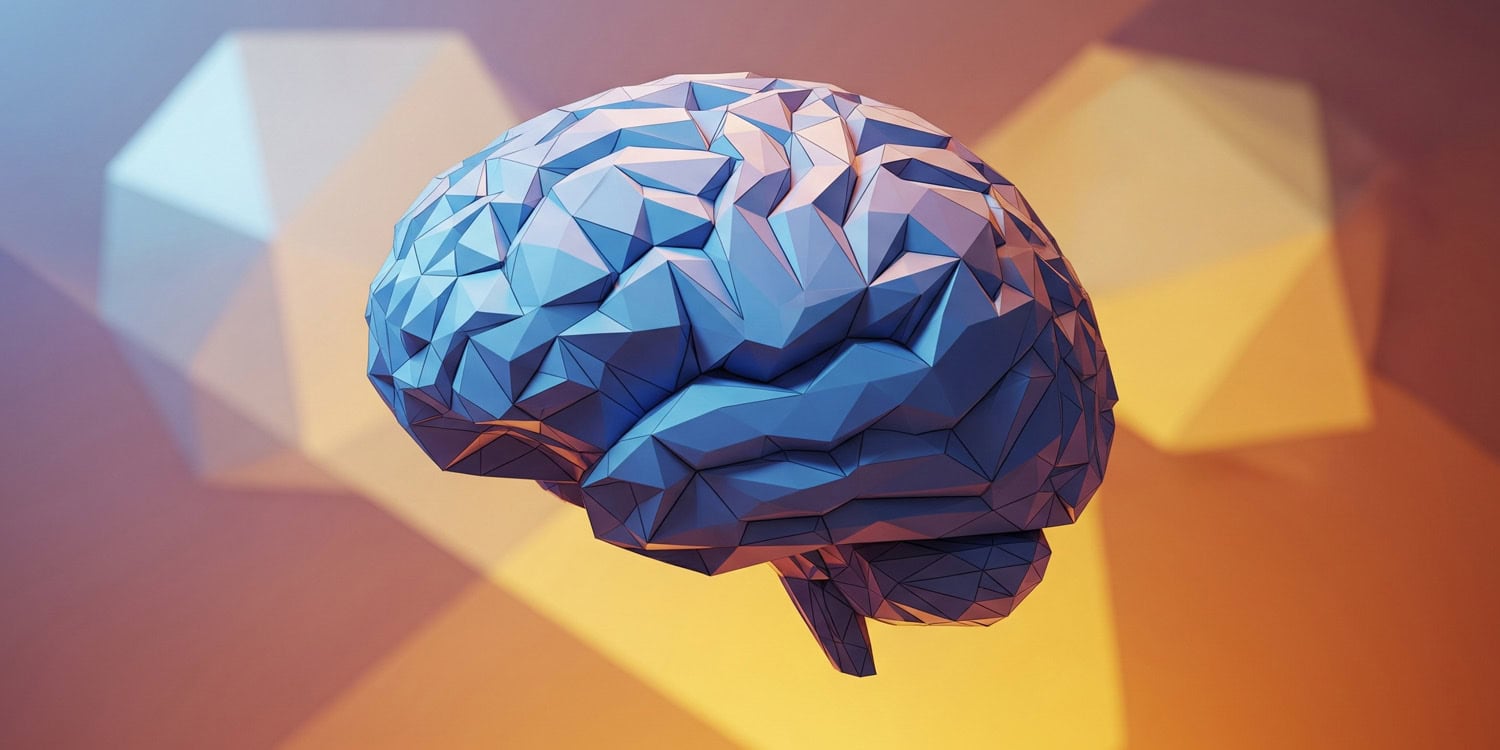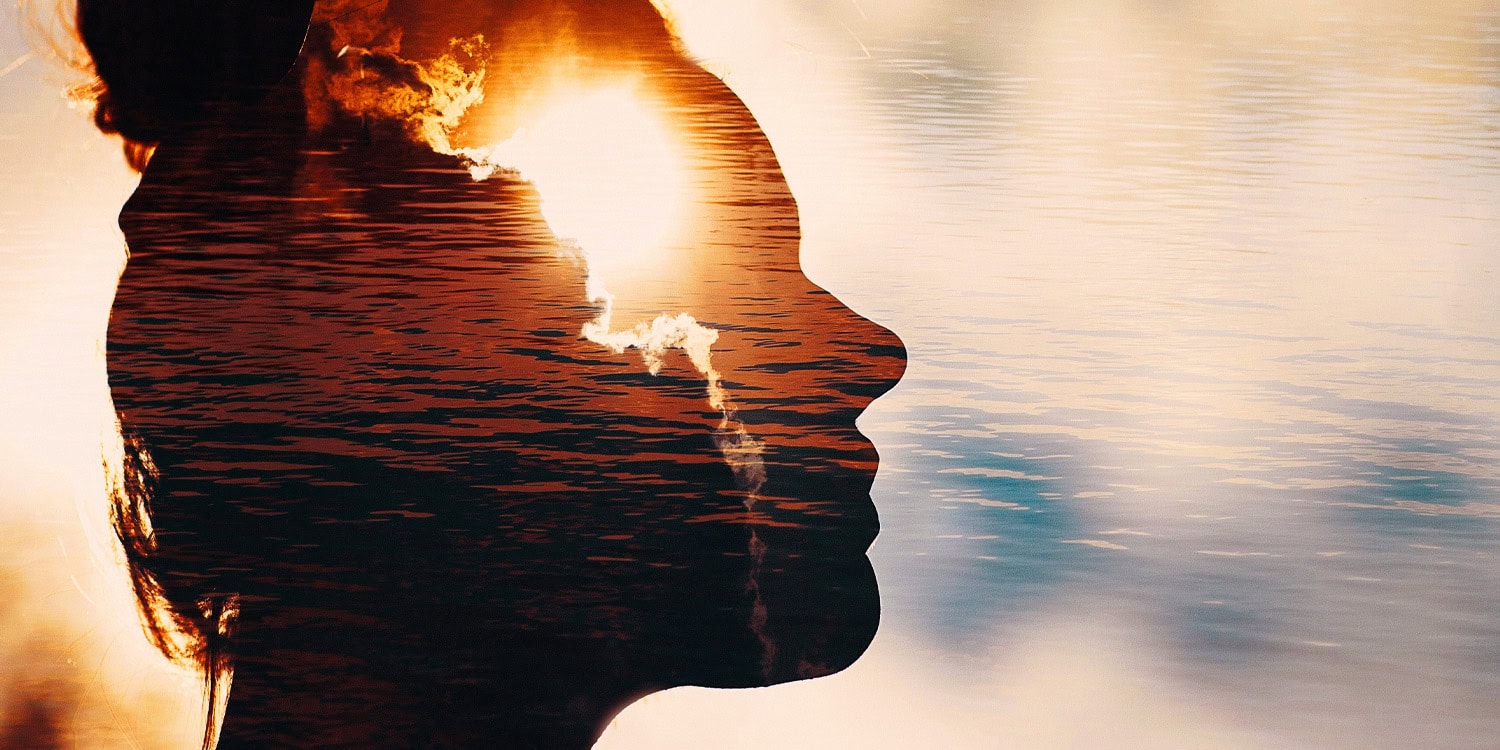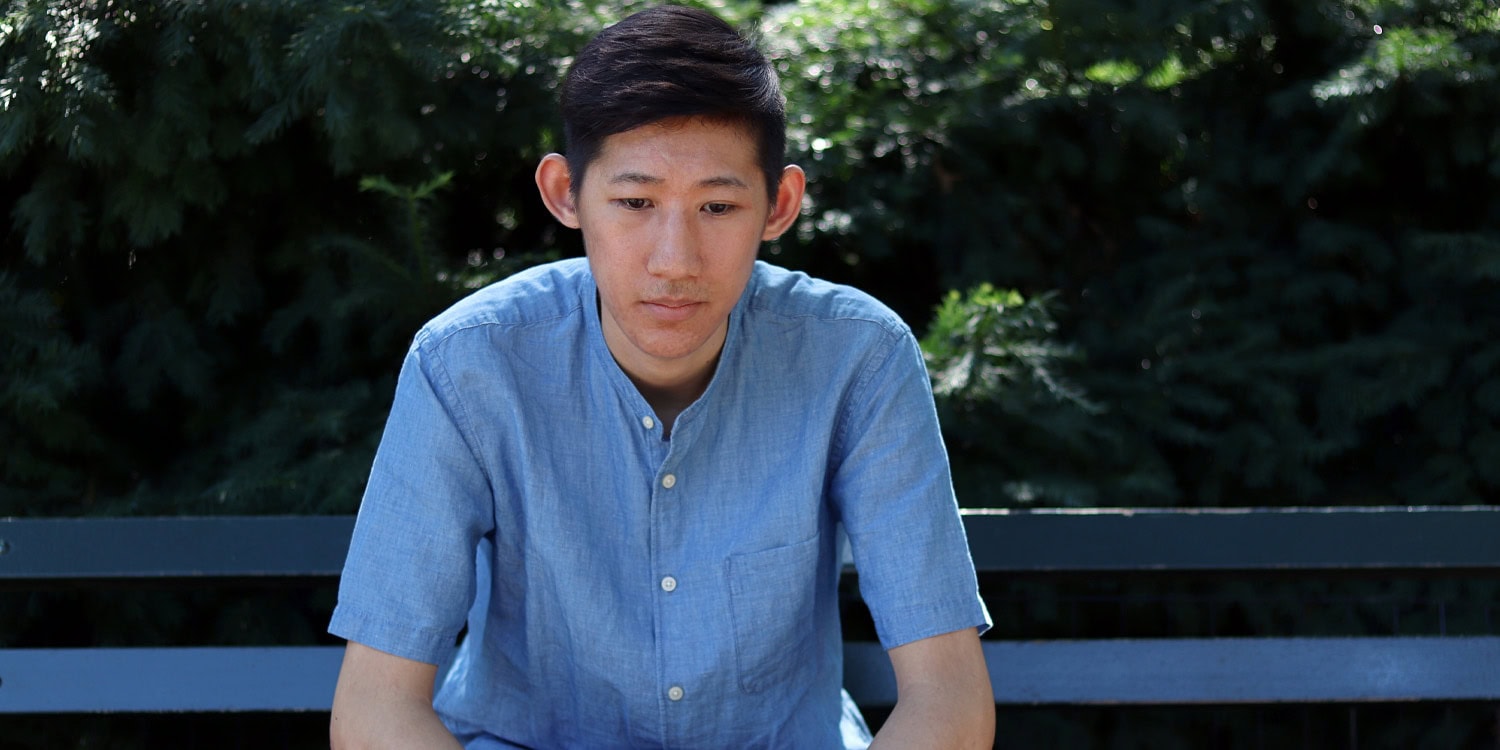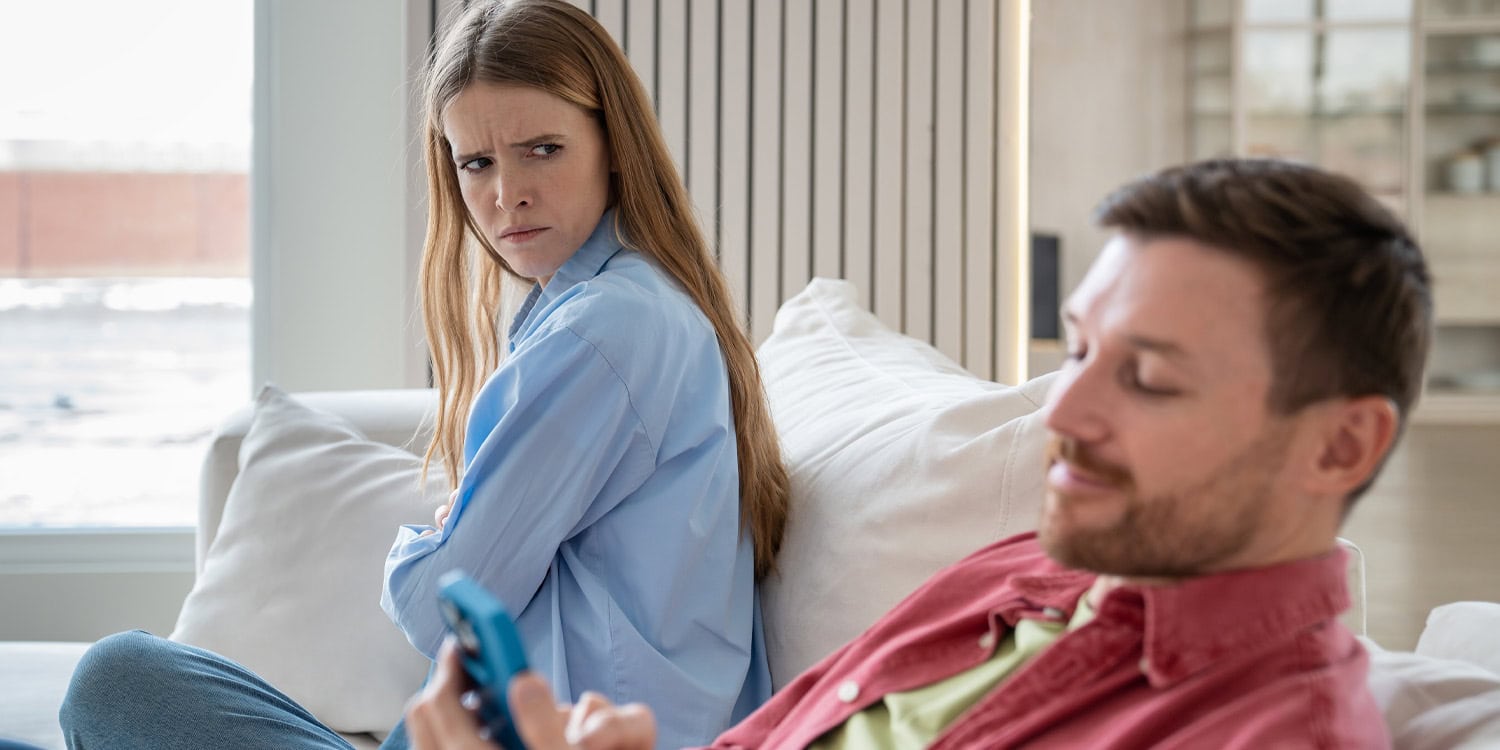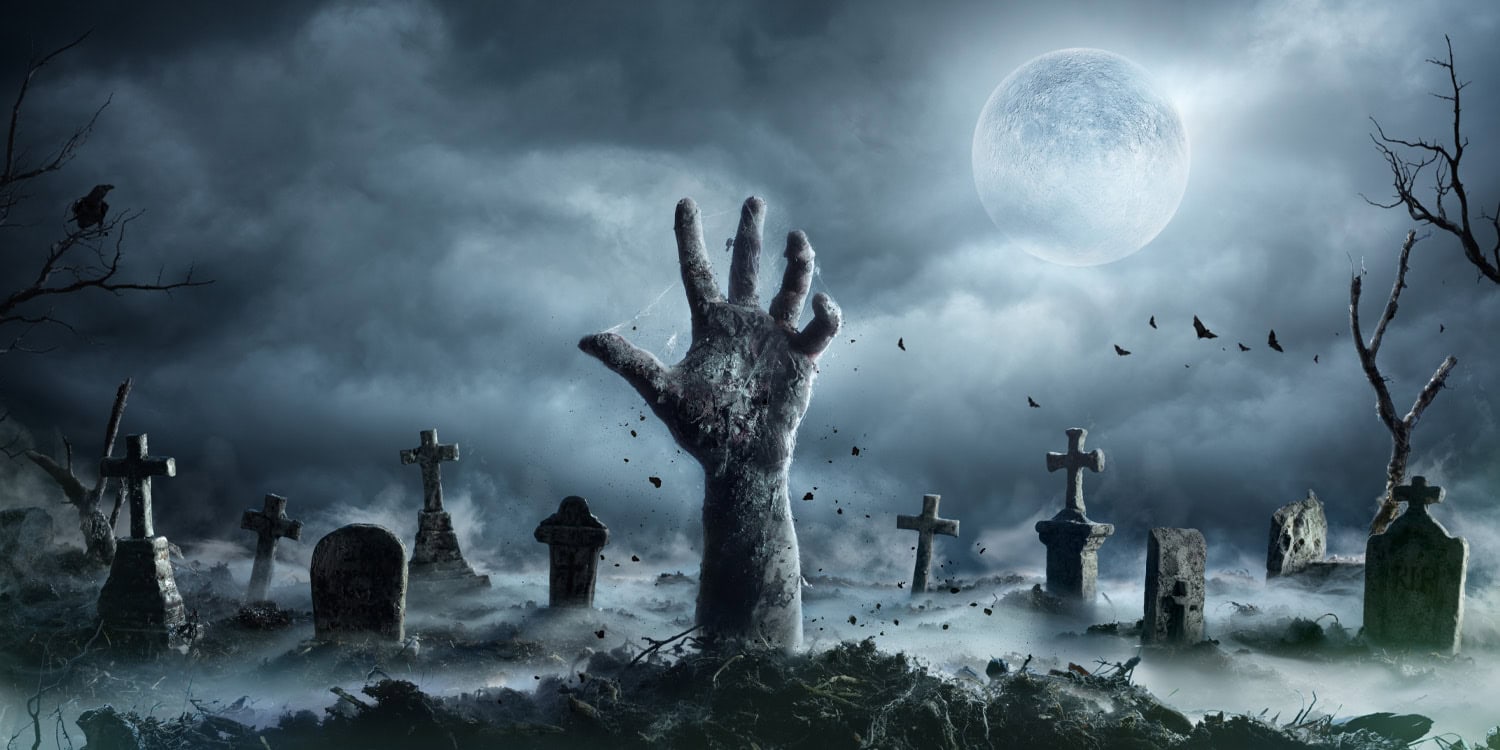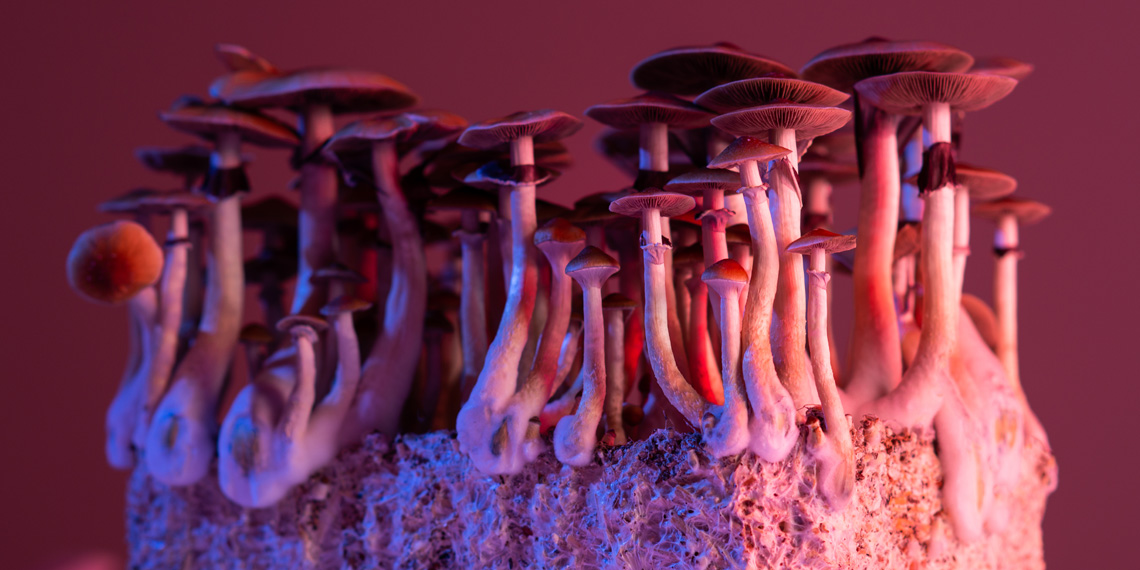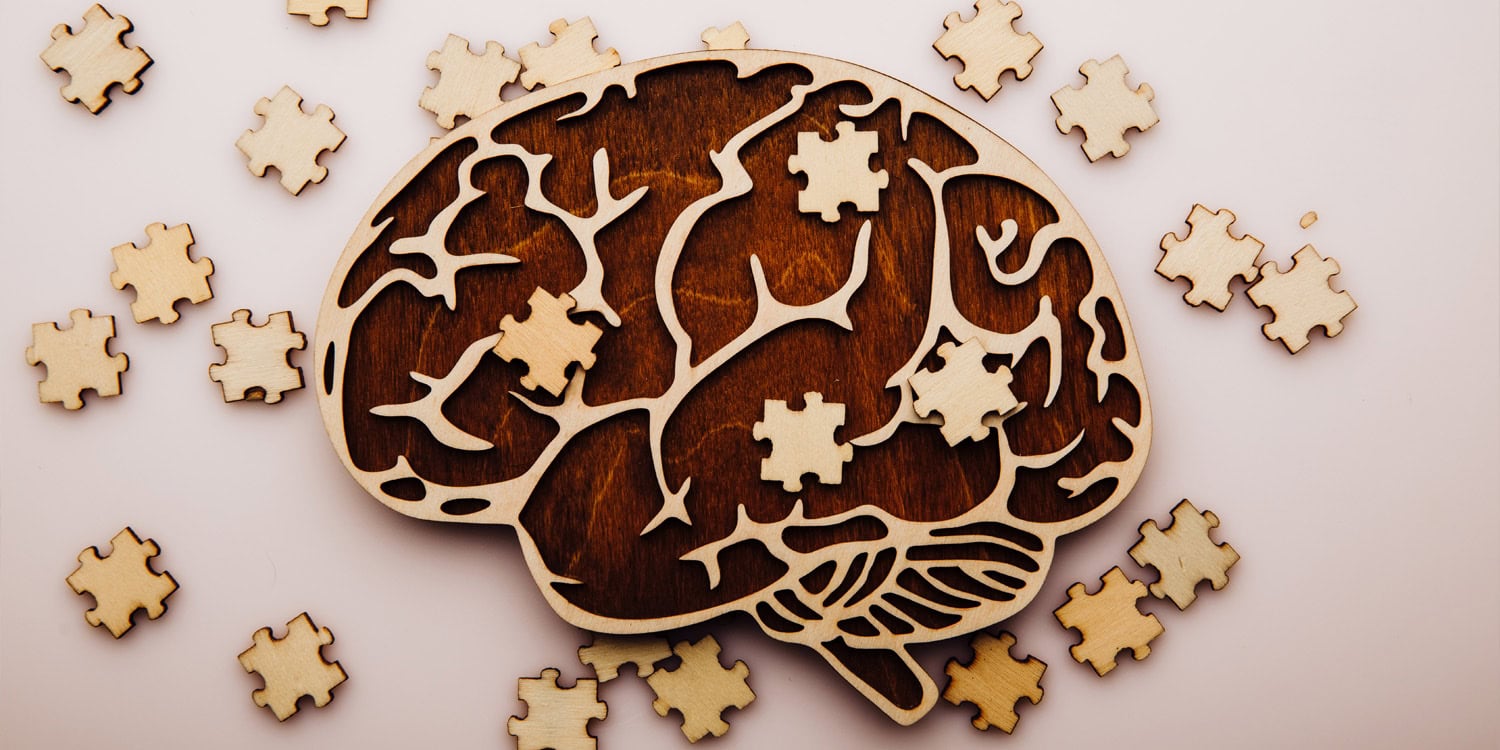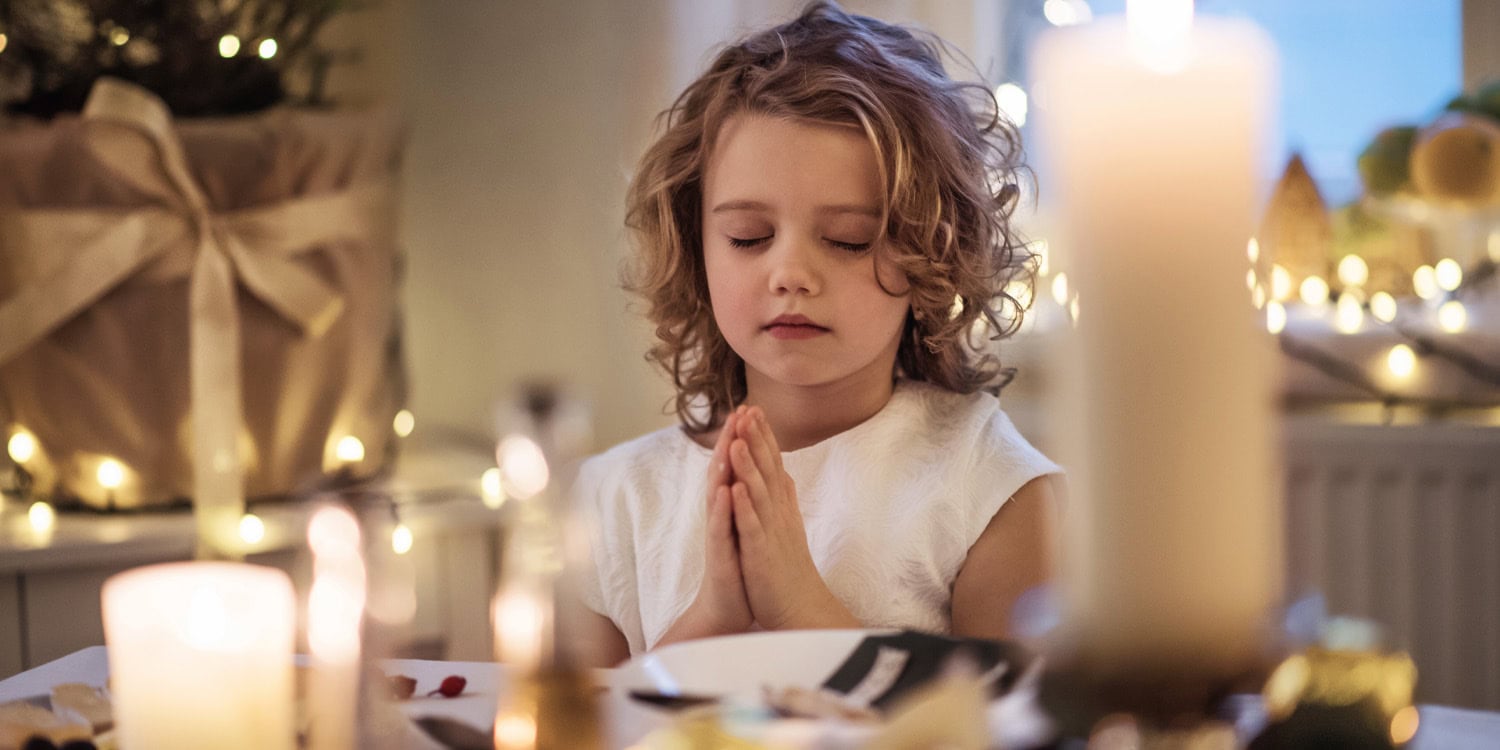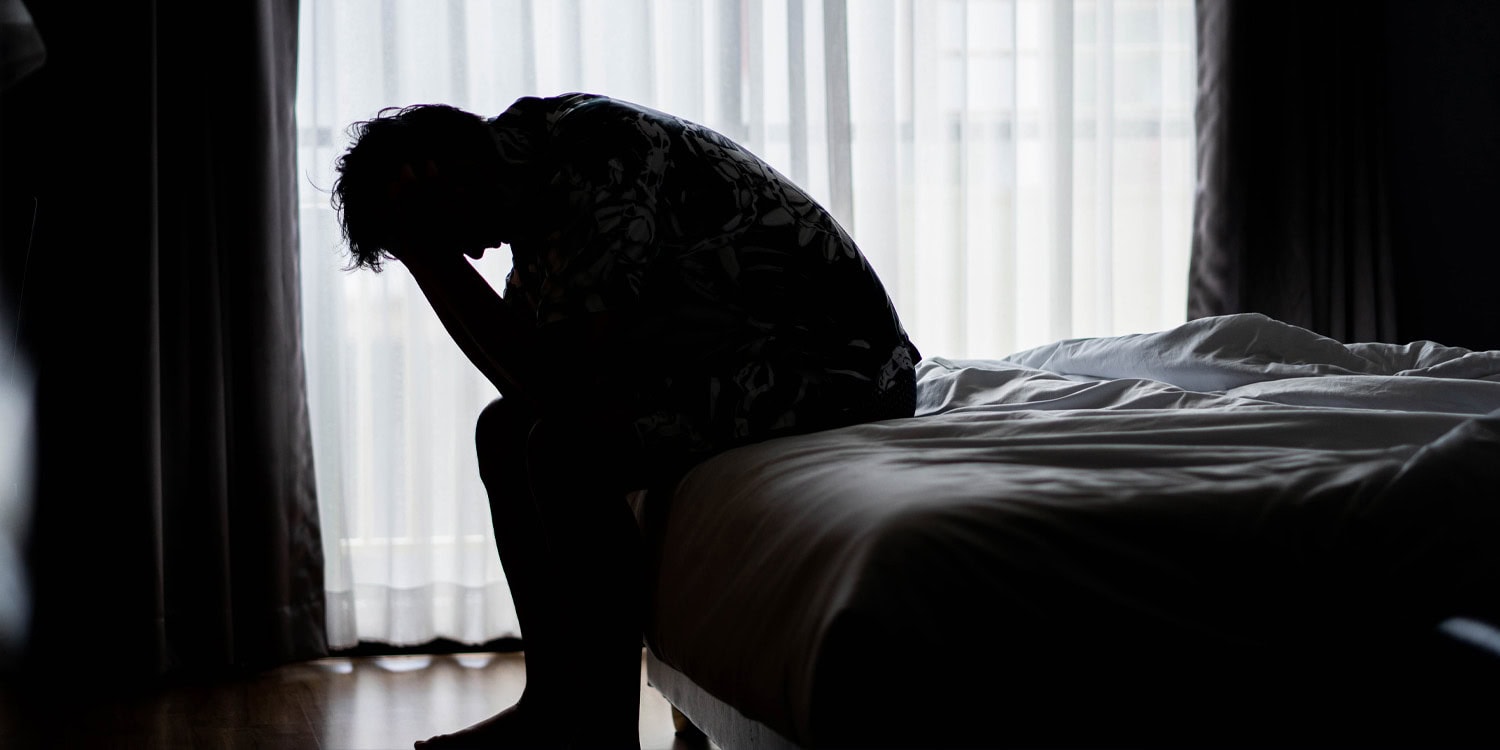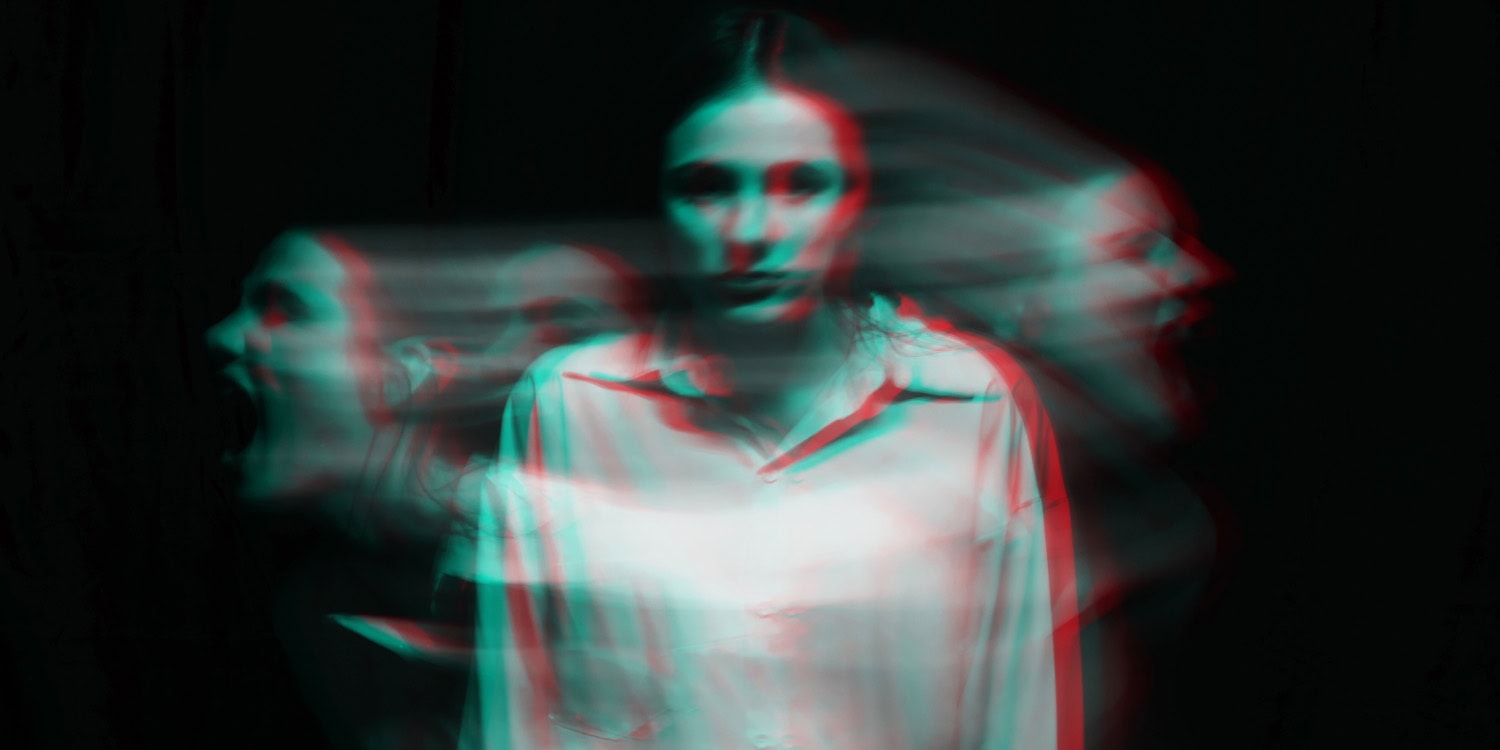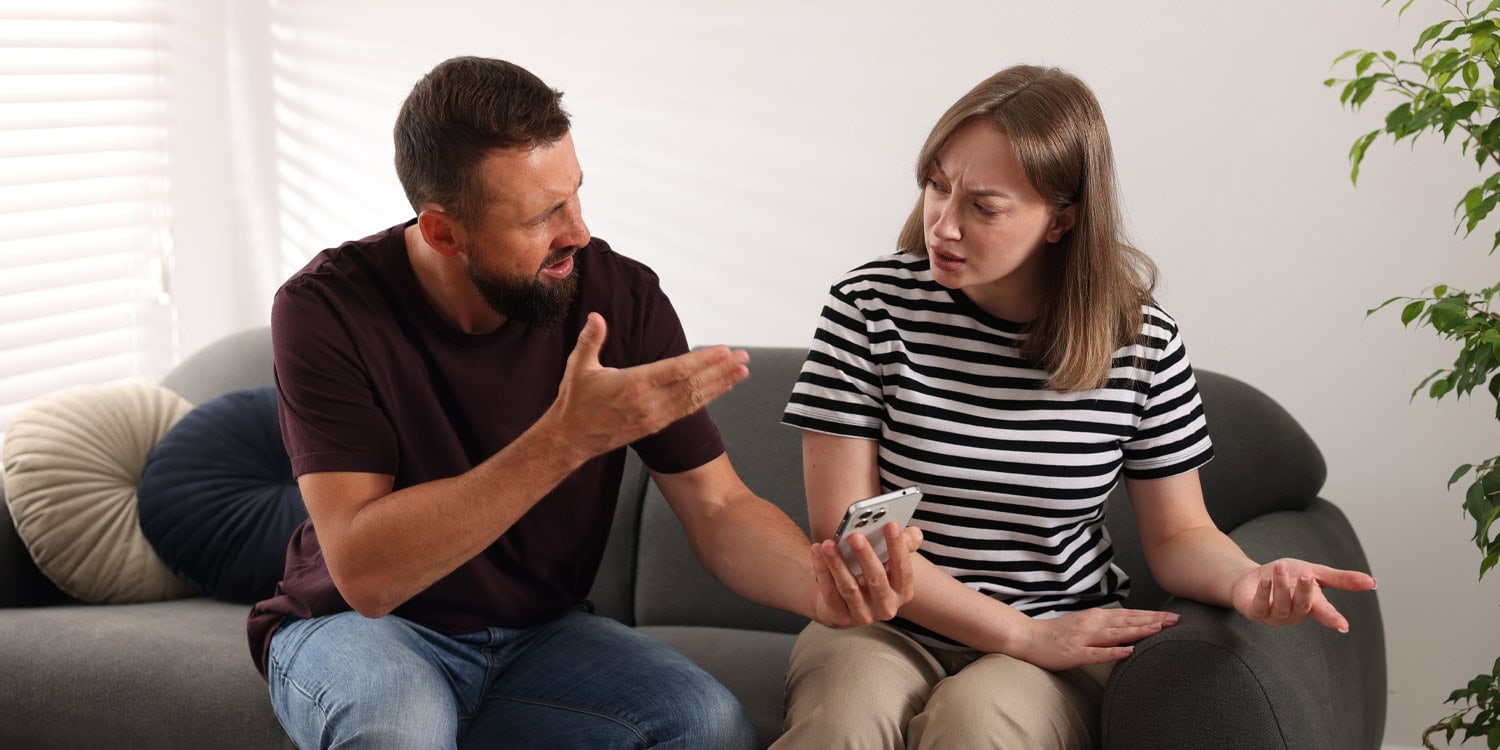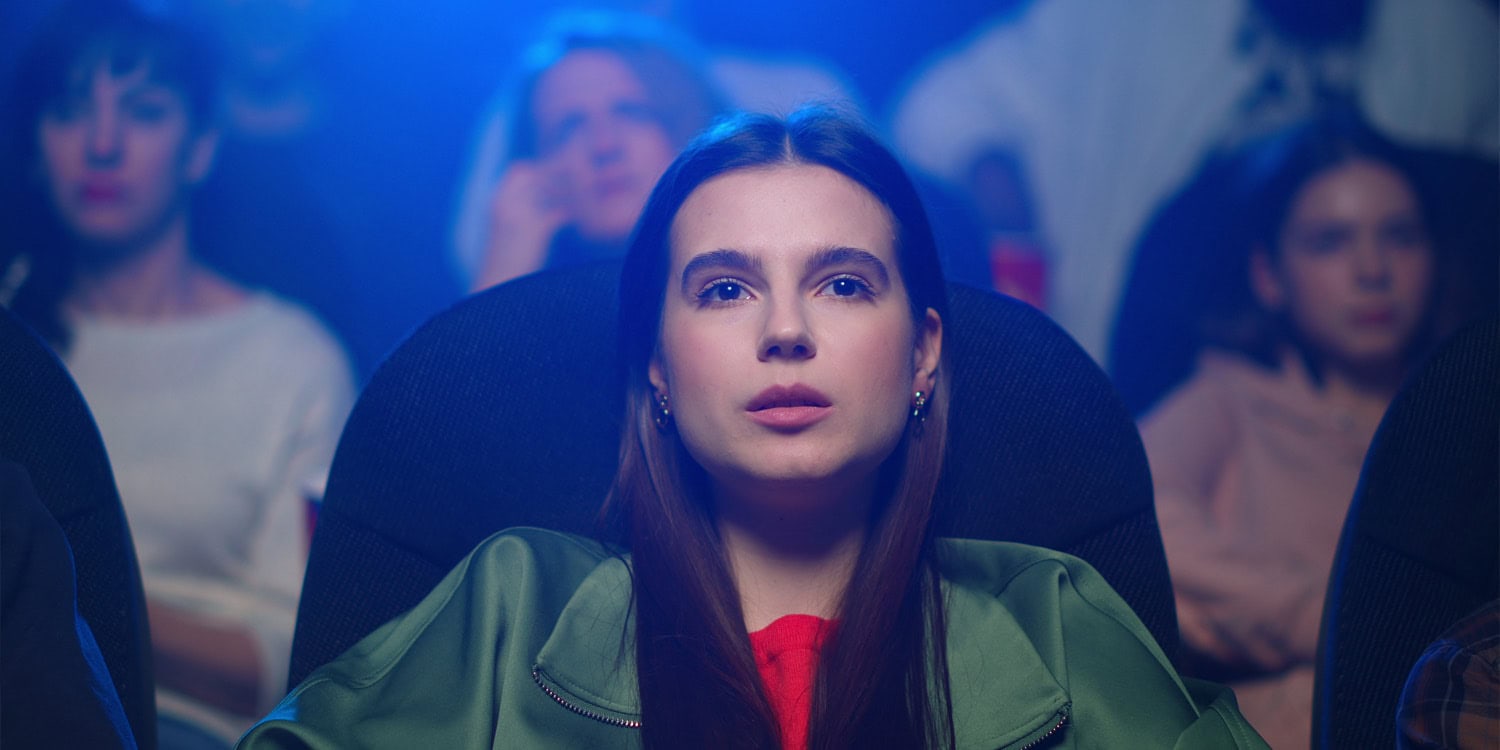Scientists are discovering more and more about the spooky psychology behind our love of horror
The human fascination with fear is a long-standing puzzle. From ghost stories told around a campfire to the latest blockbuster horror film, many people actively seek out experiences designed to frighten them. This seemingly contradictory impulse, where negative feelings like terror and anxiety produce a sense of enjoyment and thrill, has intrigued psychologists for decades. Researchers are now using a variety of tools, from brain scans to personality surveys, to understand this complex relationship.
Their work is revealing how our brains process fear, what personality traits draw us to the dark side of entertainment, and even how these experiences might offer surprising psychological benefits. Here is a look at twelve recent studies that explore the multifaceted psychology of horror, fear, and the paranormal.
(You can click on the subtitles to learn more about the studies.)
Your Brain on Horror: A New Theory Suggests We’re Training for Uncertainty
A new theory proposes that horror films appeal to us because they provide a safe, controlled setting for our brains to practice managing uncertainty. This idea is based on a framework known as predictive processing, which suggests the brain operates like a prediction engine. It constantly makes forecasts about what will happen next, and when reality doesn’t match its predictions, it generates a “prediction error” that it works to resolve.
This process doesn’t mean we only seek out calm, predictable situations. Instead, our brains are wired to find ideal opportunities for learning, which often exist at the edge of our understanding. We are drawn toward a “Goldlilocks zone” of manageable uncertainty that is neither too simple nor too chaotic. The rewarding feeling comes not just from being correct, but from the rate at which we reduce our uncertainty.
Horror films appear to be engineered to place us directly in this zone. They manipulate our predictive minds with a mix of the familiar and the unexpected. Suspenseful music and classic horror tropes build our anticipation, while jump scares suddenly violate our predictions. By engaging with this controlled chaos, we get to experience and resolve prediction errors in a low-stakes environment, which the brain can find inherently gratifying.
A Good Scare: Enjoying Horror May Be an Evolved Trait for Threat Simulation
Research from an evolutionary perspective suggests that our enjoyment of horror serves a practical purpose: it prepares us for real-world dangers. This “threat-simulation hypothesis” posits that engaging with scary media is an adaptive trait, allowing us to explore threatening scenarios and rehearse our responses from a position of safety. Through horror, we can learn about predators, hostile social encounters, and other dangers without facing any actual risk.
A survey of over 1,100 adults found that a majority of people consume horror media and more than half enjoy it. The study revealed that people who enjoy horror expect to experience a range of positive emotions like joy and surprise alongside fear. This supports the idea that the negative emotion of fear is balanced by positive feelings, a phenomenon some call “benign masochism.”
The findings also showed that sensation-seeking was a strong predictor of horror enjoyment, as was a personality trait related to intellect and imagination. It seems those who seek imaginative stimulation are particularly drawn to horror. By providing a vast space for emotional and cognitive play, frightening entertainment allows us to build and display mastery over situations that would be terrifying in real life.
The Thrill of the Kill: Fear and Realism Drive Horror Enjoyment
To better understand what makes a horror movie entertaining, researchers surveyed nearly 600 people about their reactions to short scenes from various horror subgenres. The study found that three key factors predicted both excitement and enjoyment: the intensity of fear the viewer felt, their curiosity about morbid topics, and how realistic they perceived the scenes to be.
The experience of fear itself was powerfully linked to both excitement and enjoyment, showing that the thrill of being scared is a central part of the appeal. Morbid curiosity also played a significant role, indicating that people with a natural interest in dark subjects are more likely to find horror entertaining. The perceived realism of a scene heightened the experience as well.
However, not all negative emotions contributed to the fun. Scenes that provoked high levels of disgust tended to decrease enjoyment, even if they were still exciting. This finding suggests that while fear can be a source of pleasure for horror fans, disgust often introduces an element that makes the experience less enjoyable overall.
Scary Fun: Nearly All Children Enjoy Playful Fear
Fear is not just for adults. A large-scale survey of 1,600 Danish parents has revealed that “recreational fear,” or the experience of activities that are both scary and fun, is a nearly universal part of childhood. An overwhelming 93% of children between the ages of 1 and 17 were reported to enjoy at least one type of scary yet fun activity, with 70% engaging in one weekly.
The study identified clear developmental trends in how children experience recreational fear. Younger children often find it in physical and imaginative play, such as being playfully chased or engaging in rough-and-tumble games. As they grow into adolescence, their interest shifts toward media-based experiences like scary movies, video games, and frightening online content. One constant across all ages was the enjoyment of activities involving high speeds, heights, or depths, like swings and amusement park rides.
These experiences are predominantly social. Young children typically engage with parents or siblings, while adolescents turn to friends. This social context may provide a sense of security that allows children to explore fear safely. The researchers propose that this type of play is beneficial, helping children learn to regulate their emotions, test their limits, and build psychological resilience.
Decoding Your Watchlist: Film Preferences May Reflect Personality
A study involving 300 college students suggests that your favorite movie genre might offer clues about your personality. Using the well-established Big Five personality model, researchers found consistent links between film preferences and traits like extraversion, conscientiousness, and neuroticism.
Fans of horror films tended to score higher in extraversion, agreeableness, and conscientiousness, suggesting they may be outgoing, cooperative, and organized. They also scored lower in neuroticism and openness, which could indicate they are less emotionally reactive and less drawn to abstract ideas. In contrast, those who favored drama scored higher in conscientiousness and neuroticism, while adventure film fans were more extraverted and spontaneous.
While these findings point to a relationship between personality and media choice, the study has limitations. The sample was limited to a specific age group and cultural background, so the results may not apply to everyone. The research also cannot determine whether personality shapes film choice or if the films we watch might influence our personality over time.
Dark Beats: Morbid Curiosity Linked to Enjoyment of Violent Music
Morbid curiosity, a trait defined by an interest in dangerous phenomena, may help explain why some people are drawn to music with violent themes, like death metal or certain subgenres of rap. A recent study found that people with higher levels of morbid curiosity were more likely to listen to and enjoy music with violent lyrics.
In an initial survey, researchers found that fans of music with violent themes scored higher on a scale of morbid curiosity than fans of other genres. A second experiment involved having participants listen to musical excerpts. The results showed that morbid curiosity predicted enjoyment of extreme metal with violent lyrics, but not rap music with violent lyrics, suggesting different factors may be at play for different genres.
The study authors propose that morbid curiosity is not a deviant trait, but an adaptive one that helps people learn about threatening aspects of life in a safe, simulated context. Music with violent themes can act as one of these simulations, allowing listeners to explore dangerous ideas and the emotions they evoke without any real-world consequences.
Pandemic Practice: Horror Fans Showed More Resilience During COVID-19
People who enjoy horror movies may have been better equipped to handle the psychological stress of the COVID-19 pandemic. A study conducted in April 2020 surveyed 322 U.S. adults about their genre preferences, morbid curiosity, and psychological state during the early days of the pandemic.
The researchers found that fans of horror movies reported less psychological distress than non-fans. They were less likely to agree with statements about feeling more depressed or having trouble sleeping since the pandemic began. Fans of “prepper” genres, such as zombie and apocalyptic films, also reported less distress and said they felt more prepared for the pandemic.
The study’s authors speculate that horror fans may have developed better emotion-regulation skills by repeatedly exposing themselves to frightening fiction in a controlled way. This “practice” with fear in a safe setting could have translated into greater resilience when faced with a real-world crisis.
A Frightening Prescription? Scary Fun May Briefly Shift Brain Activity in Depression
Engaging with frightening entertainment might temporarily alter brain network patterns associated with depression. A study found that in individuals with mild-to-moderate depression, a controlled scary experience was linked to a brief reduction in the over-connectivity between two key brain networks: the default mode network (active during self-focused thought) and the salience network (which detects important events).
This over-connectivity is thought to contribute to rumination, a cycle of negative thoughts common in depression. By demanding a person’s full attention, the scary experience appeared to pull focus away from this internal loop and onto the external threat. The greater this reduction in connectivity, the more enjoyment participants reported.
The study also found that individuals with moderate depression needed a more intense scare to reach their peak enjoyment compared to those with minimal symptoms. While the observed brain changes were temporary, the findings raise questions about the interplay between fear, pleasure, and emotion regulation.
Believe What You Watch: Some Horror Might Bolster Paranormal Beliefs
A recent study has found a connection between the type of horror media people watch and their beliefs in the paranormal. After surveying over 600 Belgian adults, researchers discovered that consumption of horror content claiming to be based on “true events” or presented as reality was associated with stronger paranormal beliefs.
Specifically, people who frequently watched paranormal reality TV shows and horror films marketed as being based on a true story were more likely to endorse beliefs in things like ghosts, spiritualism, and psychic powers. Other fictional horror genres, such as monster movies or psychological thrillers, did not show a similar connection.
This finding aligns with media effect theories suggesting that when content is perceived as more realistic or credible, it can have a stronger impact on a viewer’s attitudes. However, the study’s design means it is also possible that people who already believe in the paranormal are simply more drawn to this type of content.
Brainwaves of Believers: Paranormal Beliefs Linked to Distinct Neural Patterns
Individuals who strongly believe in paranormal phenomena may exhibit different brain activity and cognitive patterns compared to skeptics. A study using electroencephalography (EEG) to record the brain’s electrical activity found that paranormal believers had reduced power in certain brainwave frequencies, specifically in the alpha, beta, and gamma bands, particularly in the frontal, parietal, and occipital regions of the brain.
Participants also completed a cognitive task designed to measure inhibitory control, which is the ability to suppress impulsive actions. Paranormal believers made more errors on this task than skeptics, suggesting reduced inhibitory control. They also reported experiencing more everyday cognitive failures, such as memory slips and attention lapses.
The researchers found that activity in one specific frequency band, beta2 in the frontal lobe, appeared to mediate the relationship between paranormal beliefs and inhibitory control. This suggests that differences in brain function, particularly in regions involved in high-level cognitive processes, may be connected to a person’s conviction in the paranormal.
A Sixth Sense? Unusual Experiences Tied to a Trait Called Subconscious Connectedness
Unusual events like premonitions, vivid dreams, and out-of-body sensations are surprisingly common, and people who report them often share certain psychological traits. A series of three studies involving over 2,200 adults found a strong link between anomalous experiences and a trait called “subconscious connectedness,” which describes the degree to which a person’s conscious and subconscious minds influence each other.
People who scored high in subconscious connectedness reported having anomalous experiences far more frequently than those with low scores. In one national survey, 86% of participants said they had at least one type of anomalous experience more than once. The most commonly reported was déjà vu, followed by correctly sensing they were being stared at and having premonitions that came true.
These experiences were also associated with other traits, including absorption, dissociation, vivid imagination, and a tendency to trust intuition. While people who reported more anomalous experiences also tended to report more stress and anxiety, these associations were modest, suggesting such experiences are a normal part of human psychology for many.
Someone There? How Our Brains Create a ‘Feeling of Presence’ in the Dark
The eerie sensation that someone is nearby when you are alone may be a product of your brain trying to make sense of uncertainty. A study found that this “feeling of presence” is more likely to occur when people are in darkness with their senses dulled. Under these conditions, the brain may rely more on internal cues and expectations, sometimes generating the impression of an unseen agent.
In an experiment, university students sat alone in a darkened room for 30 minutes while wearing a sleeping mask and earplugs. The results showed that participants who reported higher levels of internal uncertainty were more likely to feel that another person was with them. This suggests that when sensory information is limited, the brain may interpret ambiguous bodily sensations or anxious feelings as evidence of an outside presence.
This cognitive process might be an evolutionary holdover. From a survival standpoint, it is safer to mistakenly assume a predator is hiding in the dark than to ignore a real one. This bias toward detecting agents could help explain why ghostly encounters and beliefs in invisible beings are so common across human cultures, especially in situations of isolation and vulnerability.
